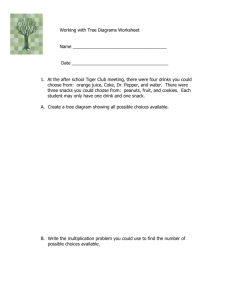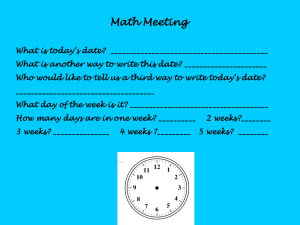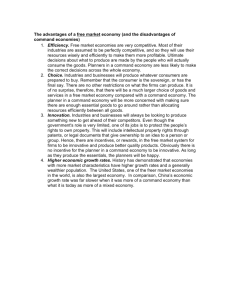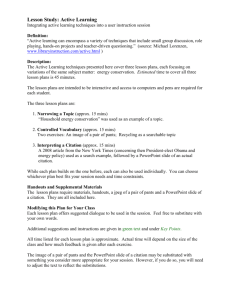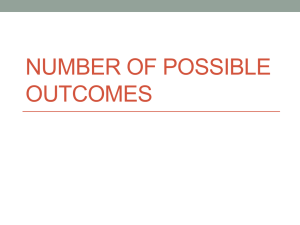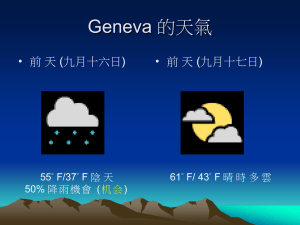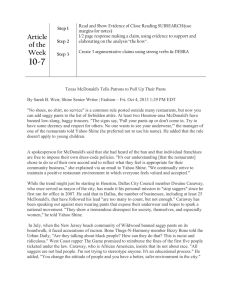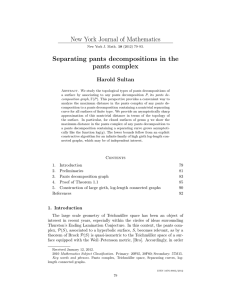How Economic Systems work reading
advertisement
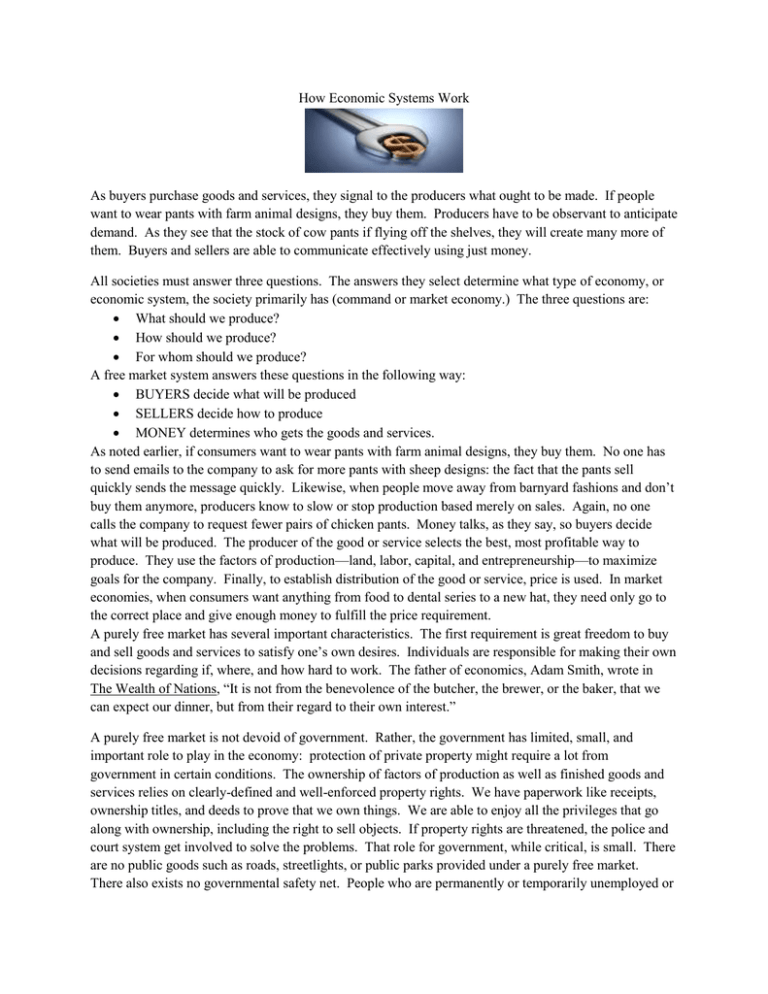
How Economic Systems Work As buyers purchase goods and services, they signal to the producers what ought to be made. If people want to wear pants with farm animal designs, they buy them. Producers have to be observant to anticipate demand. As they see that the stock of cow pants if flying off the shelves, they will create many more of them. Buyers and sellers are able to communicate effectively using just money. All societies must answer three questions. The answers they select determine what type of economy, or economic system, the society primarily has (command or market economy.) The three questions are: What should we produce? How should we produce? For whom should we produce? A free market system answers these questions in the following way: BUYERS decide what will be produced SELLERS decide how to produce MONEY determines who gets the goods and services. As noted earlier, if consumers want to wear pants with farm animal designs, they buy them. No one has to send emails to the company to ask for more pants with sheep designs: the fact that the pants sell quickly sends the message quickly. Likewise, when people move away from barnyard fashions and don’t buy them anymore, producers know to slow or stop production based merely on sales. Again, no one calls the company to request fewer pairs of chicken pants. Money talks, as they say, so buyers decide what will be produced. The producer of the good or service selects the best, most profitable way to produce. They use the factors of production—land, labor, capital, and entrepreneurship—to maximize goals for the company. Finally, to establish distribution of the good or service, price is used. In market economies, when consumers want anything from food to dental series to a new hat, they need only go to the correct place and give enough money to fulfill the price requirement. A purely free market has several important characteristics. The first requirement is great freedom to buy and sell goods and services to satisfy one’s own desires. Individuals are responsible for making their own decisions regarding if, where, and how hard to work. The father of economics, Adam Smith, wrote in The Wealth of Nations, “It is not from the benevolence of the butcher, the brewer, or the baker, that we can expect our dinner, but from their regard to their own interest.” A purely free market is not devoid of government. Rather, the government has limited, small, and important role to play in the economy: protection of private property might require a lot from government in certain conditions. The ownership of factors of production as well as finished goods and services relies on clearly-defined and well-enforced property rights. We have paperwork like receipts, ownership titles, and deeds to prove that we own things. We are able to enjoy all the privileges that go along with ownership, including the right to sell objects. If property rights are threatened, the police and court system get involved to solve the problems. That role for government, while critical, is small. There are no public goods such as roads, streetlights, or public parks provided under a purely free market. There also exists no governmental safety net. People who are permanently or temporarily unemployed or disabled receive no government assistance. In this scenario, private individuals, civil organizations, or businesses must provide these goods and services. On the opposite side of the spectrum is a command, or socialist economy like in Cuba, or North Korea. In these countries, central planners make decisions about what, how, and for whom to produce. Using complex computer models, government workers make output and supply decisions and fulfill orders. In a command economy, the government owns the factors of production; all decisions about land, labor, and capital are made by the state. Bureaucrats analyze enormous sets of data about current stock levels, predicted demand, and availability of resources. They determine output plans which are checked and sometimes adjusted at lower levels by regional directors and company managers. Orders are set, supplies ordered, and then the workers need only fulfill the job. Since the government planners also get to determine what individuals’ occupations are, they can effectively command the entire economy. Once the good or service is created, the price is also set by the government planners. The overall goal is equity. By having fair prices and wages that are set by the government, all of society will have needs met, and there will not be a division between the rich and poor. There are many problems with a command system. Perhaps the most stifling problem is the lack of freedom resulting from the coercion needed to make a command economy function. In a command economy, the state is the coercive force that determines many facets of individuals’ lives, including what job to work, where to live, and what and how many goods and services are available. The command system is also encumbered by the vast amount of information needed to properly make production decision for an entire country. It is invariably beyond the scope of planners to comprehend. In terms of a nation’s productivity, the incentives to work hard or invent new products do not exist. This coercive system results in major inefficiencies. Without rewards for hard work, people naturally complete just the bare minimum required. For example, China transitioned its agricultural sector from pure command to more of a market-based system between 1978 and 1984. Over that time, total agricultural production increased by 42 percent as farmers were able to keep, use, and sell any crops above the government’s quota. The market-based transition gave farmers incentives to work hard and improve what they do to utilize fertilizers and other machinery helpful in producing crops. The reality of a command system is that production decreases and with it, overall happiness decreases. In reality, there is no such thing as an economy that is only market or only command. Rather, all systems are mixed models and fit along a spectrum. The United States is primarily market-based, but the government plays a role, too. The government provides a social safety net. In 2011 the United States spent over $2 trillion (13.5 % of the overall GDP) on Social Security, Medicaid, Medicare, and other social services like unemployment compensation. There is also the extensive regulation of the economy with policies about the environment, working conditions, taxes, and subsidies. Answer the following questions on a separate piece of paper: 1) 2) 3) 4) 5) What are the advantages of a market system? What are the disadvantages? What are the advantages of a command system? What are the disadvantages? Which type of system would you prefer to live in? Why? Which type of system would you prefer to work in? Why? Why do you think that most economic systems in the world today are “mixed” and not a true market or true command system?
